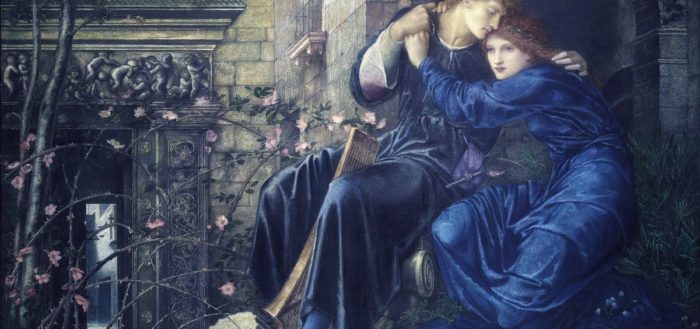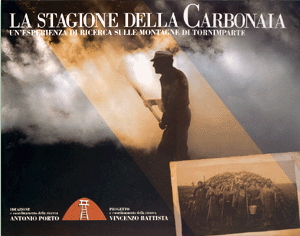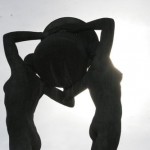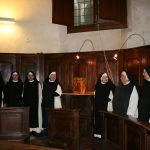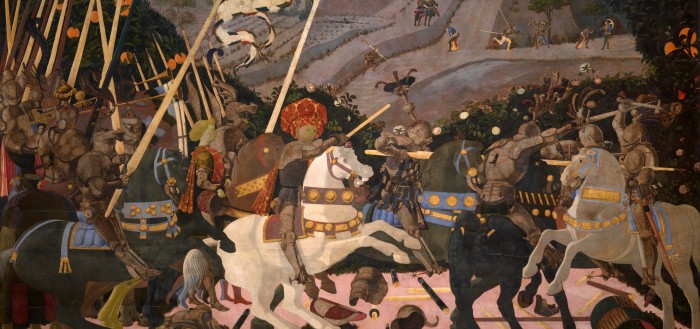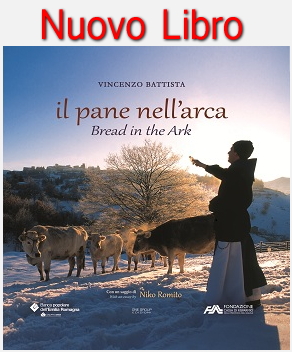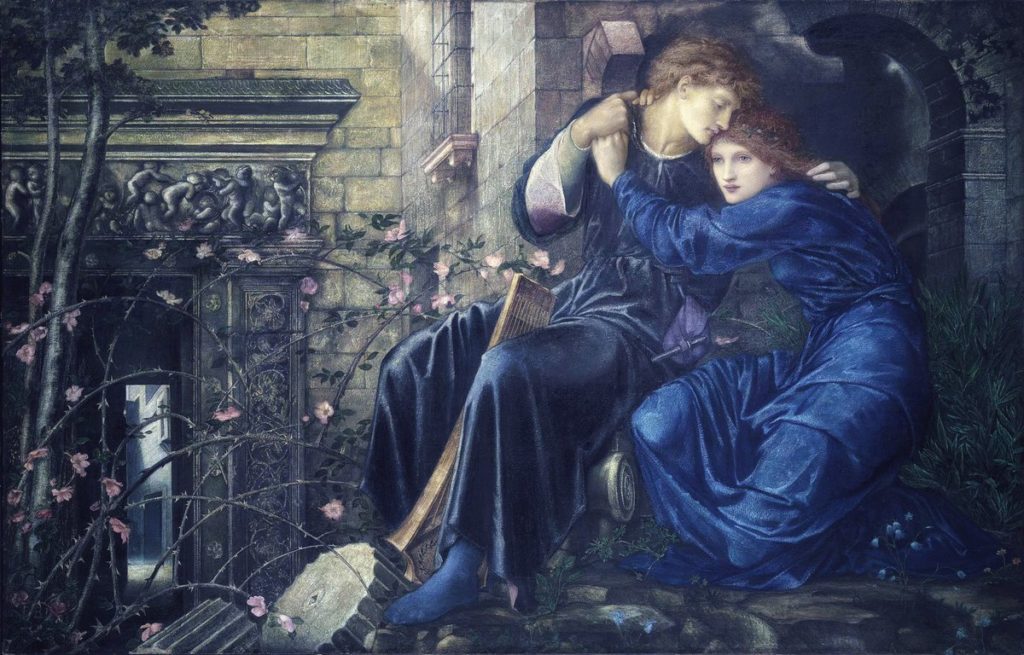
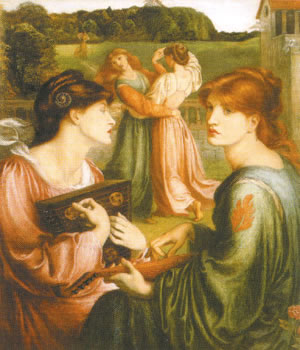


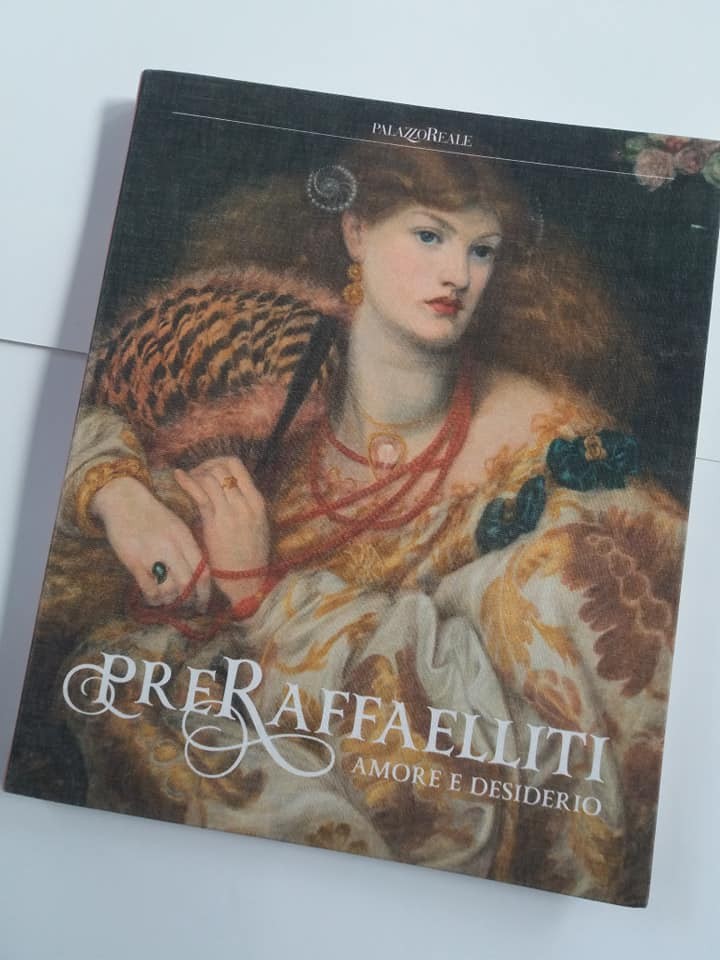
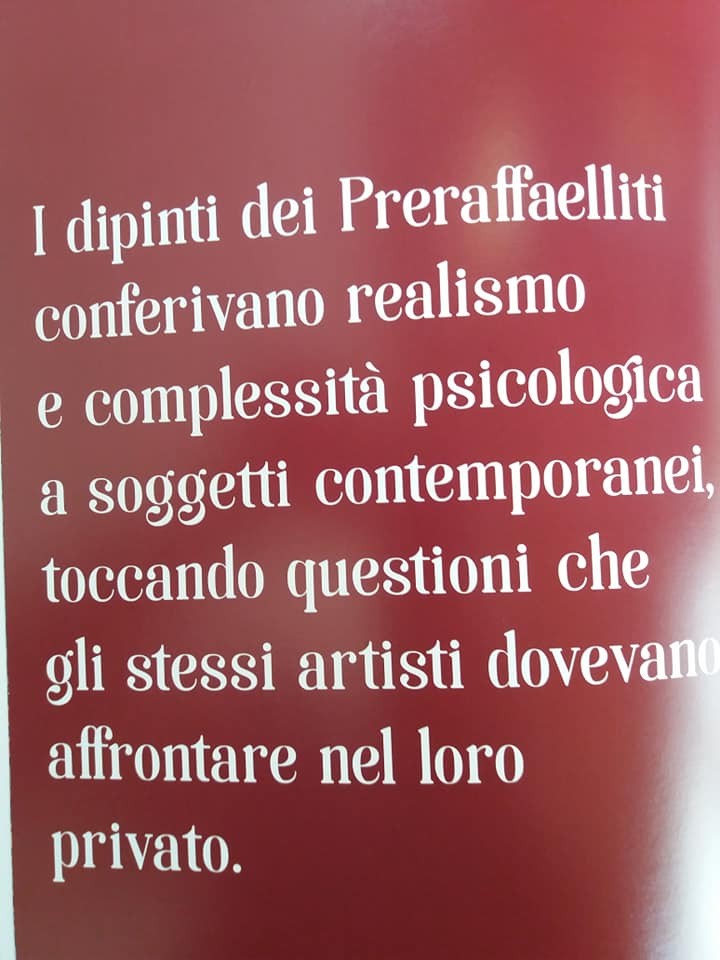
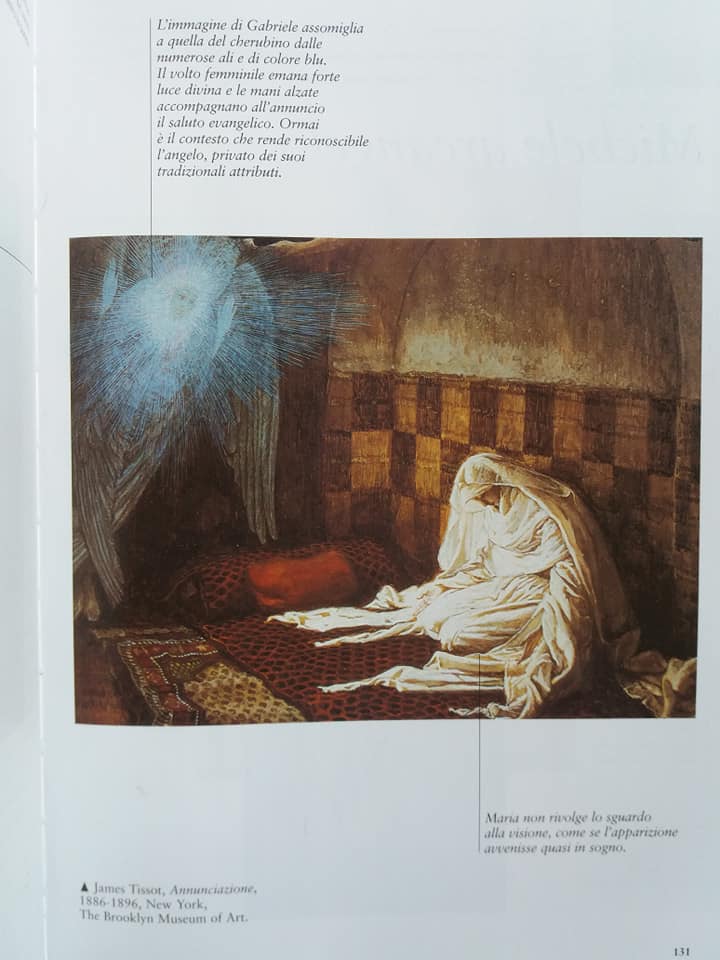

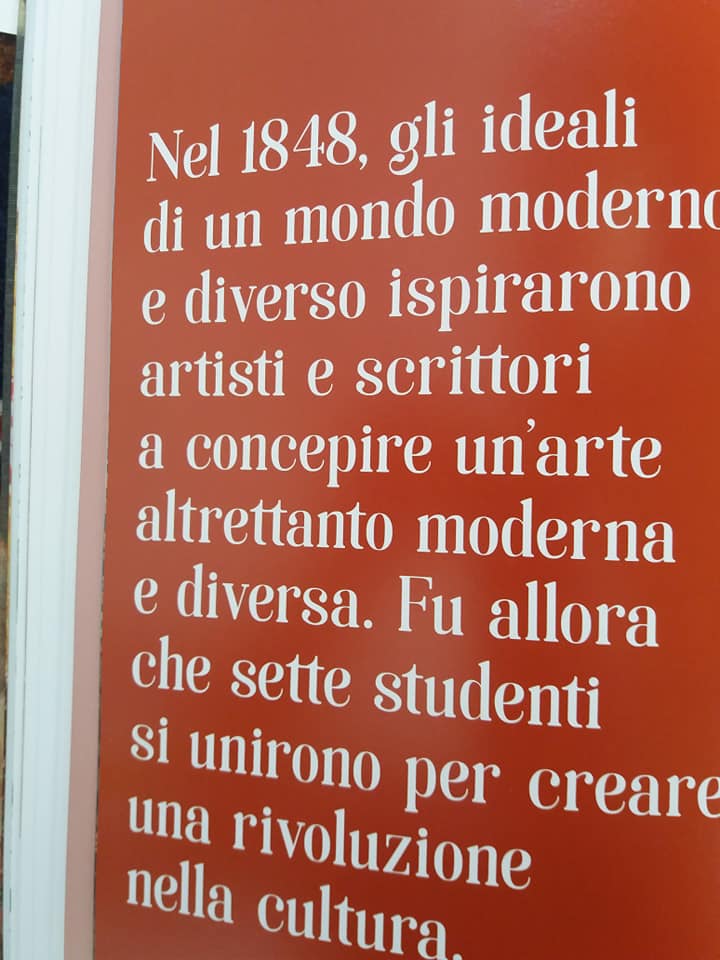

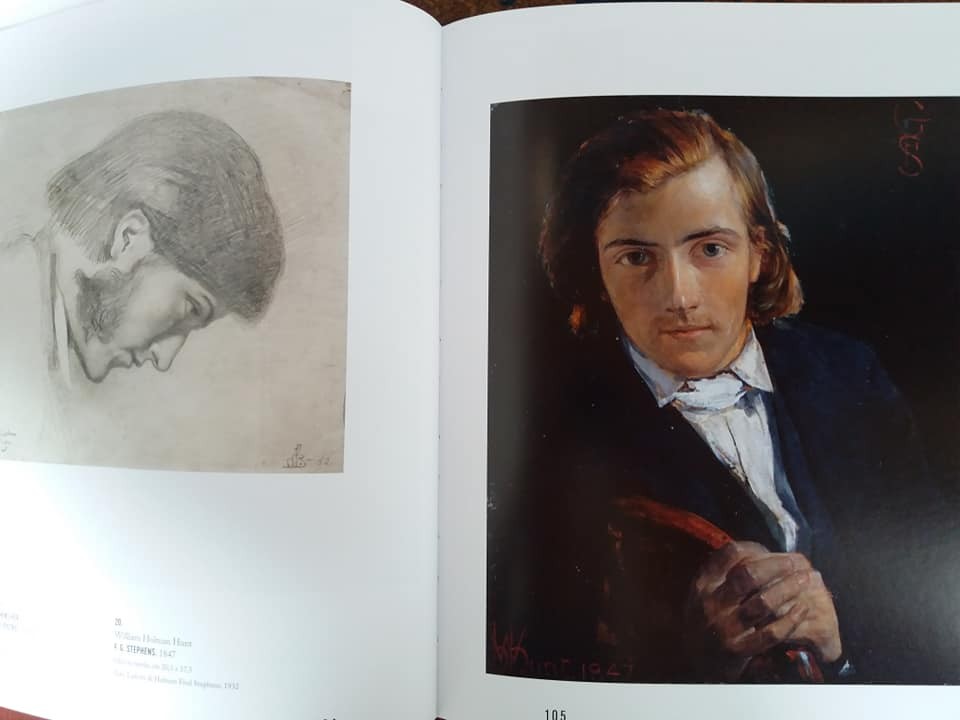


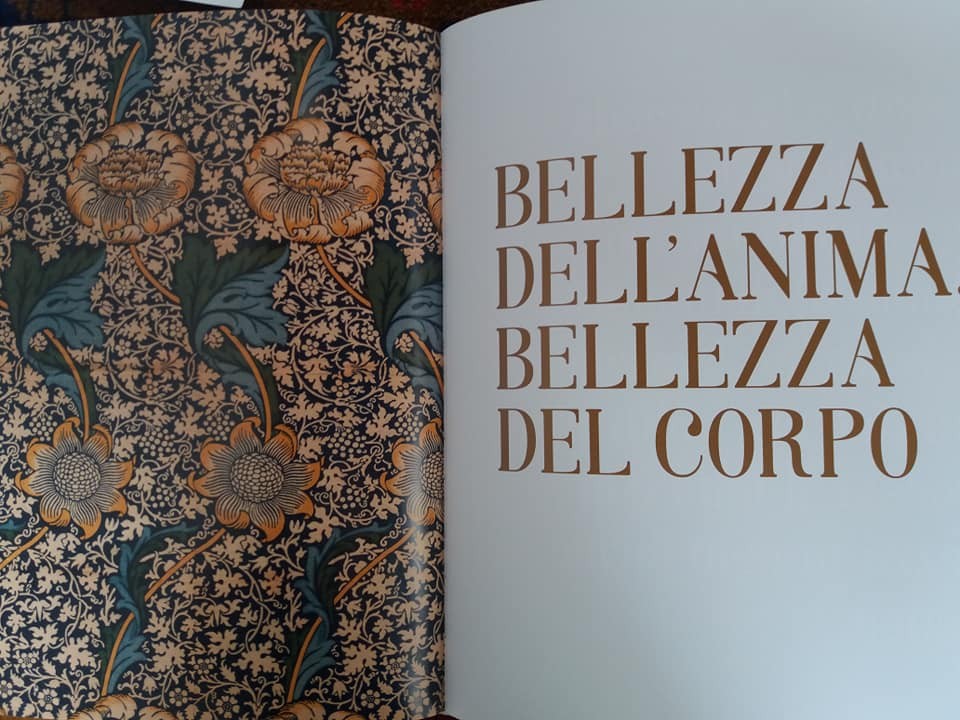

Settimo e ultimo Step. Classe V A. Il Clan Rossetti, traduzione in inglese. Liceo “Cotugno” – L’ Aquila. Clil – Storia Arte e Inglese. Esami di Stato.
Dal precedente Step con il testo in italiano.
Quaderno di arte. Esami di Stato.
Gabriele Pasquale Giuseppe Rossetti
The founder, Gabriele Pasquale Giuseppe Rossetti, was born in Vasto, Province of Chieti, on February 18, 1783, the son of Nicola and Maria Francesca Pietrocola. He started his career in his homeland as an improviser of verses and, under the reigns of Joseph Bonaparte and Joachim Murat, was a poet at the Teatro San Carlo in Naples, for which he composed several opera librettos, obtaining as a result the position of curator of ancient marbles and bronzes in the museum of Naples.
For his support to the insurgents of the liberal movements of 1820, Gabriele Rossetti was forced into exile. He was in Malta in 1821, and from there he moved to London (1824), where he spent the rest of his life, working as a professor of Italian language and literature at King’s College London (1831), a position he kept until 1847. He published several collections of poems, and was also the author of essays, especially on Dante and the Divine Comedy. He died in London on April 16, 1854. From his marriage to Frances Mary Lavinia Polidori four children were born, Francesca Maria, Dante Gabriel, William Michael, Christina, all of whom became, each in his or her domain, cornerstones of European culture. The brothers Dante Gabriel and William founded the Pre-Raphaelite movement, one of the most interesting phenomena of 19th century European culture in arts and literature.
Frances Mary Lavinia Polidori
Frances Mary Lavinia Polidori (London, 27 April 1801 – April 8, 1886) was the daughter of another Italian exile, Gaetano Polidori, and sister of John William Polidori, Lord Byron’s personal physician. Despite being strictly Anglican, she married Roman Catholic Gabriele Rossetti. Frances often posed as a model for some of the early paintings of her son Dante Gabriel, such as in “The adolescence of the Virgin Mary”, where she is represented as St. Anne.
Maria Francesca Rossetti
Maria Francesca Rossetti (London, February 17, 1827 – November 24, 1876), was a literary critic, known for her “The Shadow of Dante: Being an essay towards studying Himself, his world, and his pilgrimage”, published in 1871. Later she became an Anglican nun. Christina dedicated to Maria Francesca her poem Goblin Market. She was buried in Highgate Cemetery, London.
Dante Gabriel Rossetti
Dante Gabriel Rossetti, born Gabriel Charles Dante Rossetti (London, May 12, 1828 – Birchington, April 10, 1882), the most famous of the Rossetti children, was a poet and painter, one of the founders of the Pre-Raphaelite art movement with his brother William, William Hunt, Ford Madox Brown and John Everett Millais. Since his youth he was interested in Dante and the poets of the Dolce Stil Novo, a passion inherited from his parents, but also in the English Romantics, the Gothic novel and American writers as Edgar Allan Poe. His paintings are within the European Symbolist current.
Christina Rossetti
Christina Rossetti was born on December 5, 1830 in London. The youngest of the Rossettis, she dictated her first story to her mother before she even learned to write. She was educated at home by her mother, who made her study religious works, the classics, fairy tales and novels.
Christina loved the works of Keats, Scott, Ann Radcliffe, but also the influence of Dante, Petrarch and other Italian writers filled the Rossetti house and was to have a deep impact on her writing. Their house was frequented by Italian scholars, artists and revolutionaries and within walking distance from Madam Tussauds, London Zoo and Regent’s Park, which she visited regularly as all children in London.
Around 1840 the family had major economic difficulties due to the physical and mental deterioration of her father, who had to leave his professorship at King’s College; he lived another 11 years, but suffering from depression. The mother Frances began teaching to support the family, Maria Francesca went to work as a governess, and William worked for the Excise office, while Gabriel was at Art school. At that time Christina lived at home, in conditions of increasing isolation. During this period she, her mother and sister became interested in the Anglo-Catholic movement, which was part of the Anglican Church.
Religious devotion played a major role in Christina’a life: at just 18 she became engaged with the painter James Collinson, the first of her three suitors, but the relationship ended because the latter returned to being a Catholic. Then she was in a sentimental relation to the linguist Charles Cayley, but did not marry him, again for religious reasons. The third proposal came from painter John Brett, whom she also refused. Christina posed for many of the most famous paintings of her brother Dante Gabriel: in 1848 she was the model for The Girlhood of Mary Virgin, the next year again for Ecce Ancilla Domini.
Between 1859 and 1870 she was a volunteer at St. Mary Magdalene “house of charity” in Highgate, a refuge for former prostitutes and her famous “Goblin Market” may have been inspired by the “fallen women” who she had met there. In 1872 Christina was diagnosed with Graves’ disease, in. In 1893, she was struck by breast cancer, the tumor was removed, but returned in September 1894. She died in Bloomsbury on December 29, 1894 and was buried in Highgate Cemetery.
William Michael Rossetti
William Michael Rossetti (London, September 25, 1829 – February 5, 1919), the “normal” man in the Rossetti family according to Mario Praz – led a secluded, reflective life. To meet the economic needs of the family, William decided to stifle his artistic inclinations, becoming a British official of the Excise Office located at Somerset House, along the Thames. In 1874 he married Lucy Madox Brown, the daughter of painter Ford Madox Brown.
He was an editor of the journal The Germ, and a distinguished art and literary critic, publishing several articles and reviews. Many were his travels to Italy, including a stay in San Remo in 1887, when he was a witness of the terrible earthquake of Diano Marina, on 23 February 1887, the most disastrous earthquake ever occurred in Liguria.
Gaetano Polidori
Gaetano Polidori (Bientina, 1764 – London 1853) was the son of Agostino Ansano Polidori (1714-1778), a physician and poet who lived and worked in Bientina, near Pisa. Gaetano studied law at the University of Pisa, and in 1785 became a secretary of poet Vittorio Alfieri, with whom he worked for the next four years.
In 1790 Gaetano Polidori went to England and settled in London, where he worked as a teacher of Italian. In 1793 he married an English governess, Anna Maria Pierce, and with her he had four sons and four daughters. In 1836 he retired to a house in Holmer Green, Buckinghamshire.
John William Polidori
John William Polidori (London, September 7,
1795 – August 24, 1821), the eldest son of Gaetano and Anna Maria Pierce, was
the secretary and personal physician of Lord Byron and the author of the first
vampire story in English, “The Vampire” (1819).

